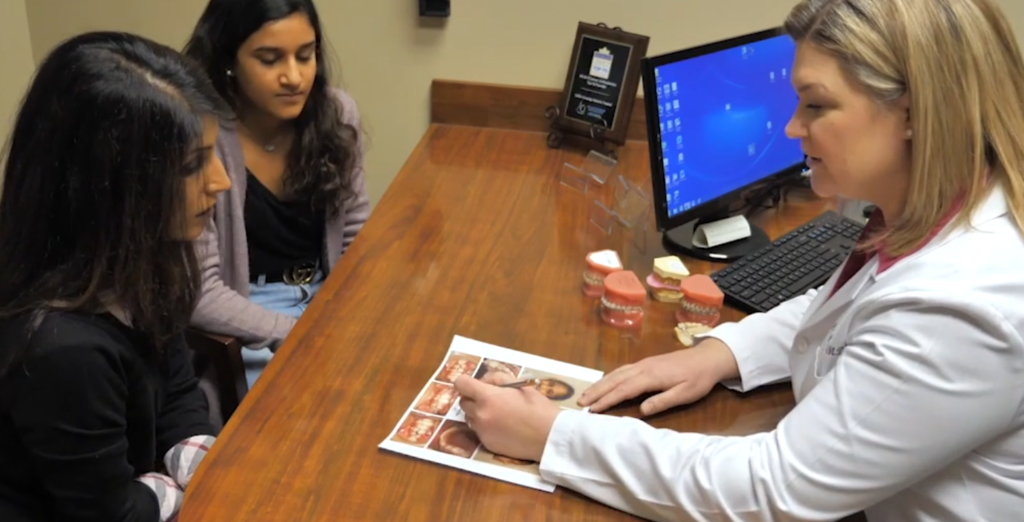Retainers After Invisalign - Ensuring a Lasting Smile
June 27th, 2024

Completing your Invisalign treatment marks a significant milestone in your journey towards a straighter, more confident smile. However, it's essential to recognize that the process doesn't end there. Retainers play a crucial role in ensuring that your teeth maintain their alignment and that your smile remains stable for years to come.
After your Invisalign treatment, we recommend wearing retainers to preserve the results achieved. While Invisalign aligners have moved your teeth into their desired positions, retainers provide the necessary support to prevent them from reverting to their original misalignment.
Retainers come in various forms, including traditional removable retainers, as well as, bonded retainers affixed to the back of your teeth. Dr. Ahl and Dr. O’Connor will determine the most suitable type based on your individual needs and preferences.
Consistency is key when it comes to wearing retainers. Initially, you may be required to wear them for the majority of the day, gradually transitioning to nighttime wear only. Adhering to your prescribed instructions will help maintain the alignment of your teeth and prevent any unwanted shifting.
Regular maintenance and care are also essential for prolonging the lifespan of your retainers. Clean them daily using a soft toothbrush and mild soap to remove plaque and bacteria, preventing odors and potential oral health issues. Additionally, store them in their designated case when not in use to protect them from damage or loss.
Retainers serve as guardians of your investment in your smile and safeguard the progress achieved through Invisalign to ensure longevity.
For more information about orthodontic services, or to speak with one of our board-certified specialists, contact us online or call 302-678-3000.





 Website Powered by Sesame 24-7™
Website Powered by Sesame 24-7™